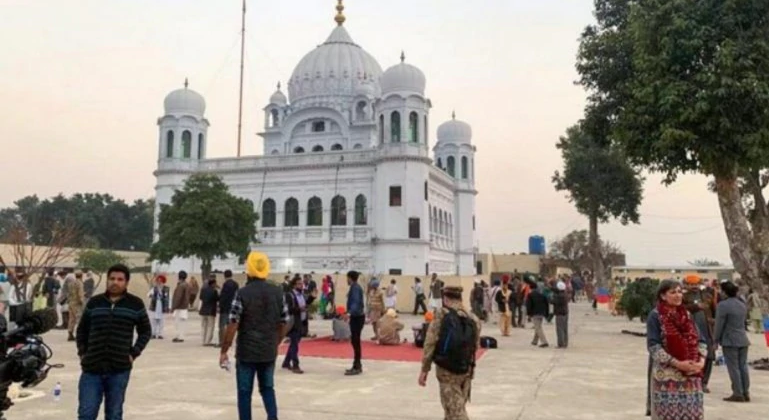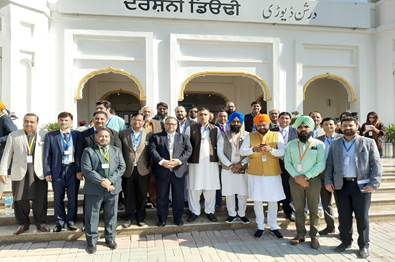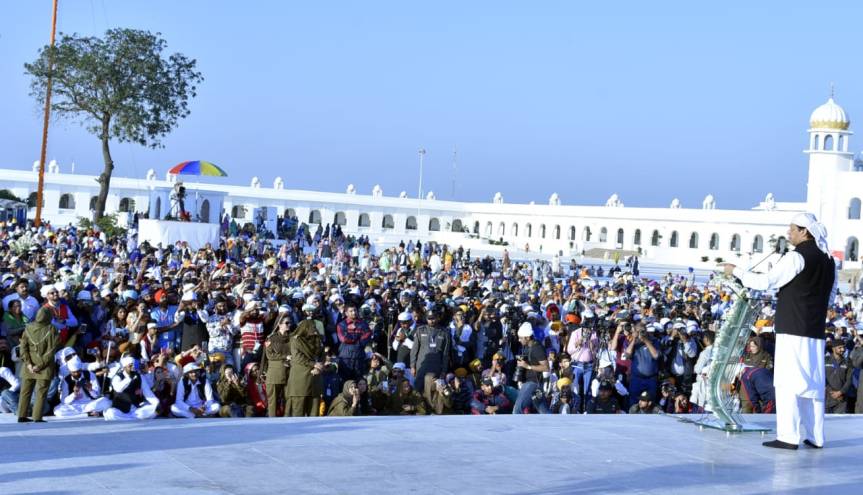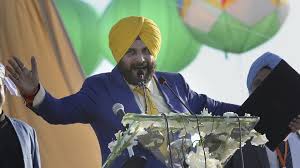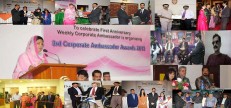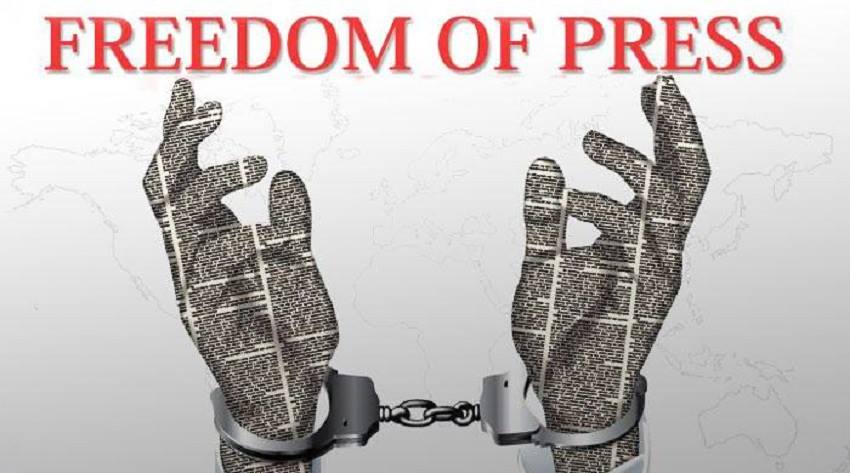
By Zeeshan Shah/KARACHI: Pakistan is heading towards progress. The recent hue and cry about censorship is on the rise as the government crackdown on corruption hits the media pundits. For years, the country has seen a constant flow of negative propaganda undermining the ability of credible journalists to make a mark as yellow journalism has been at the forefront.
2019 marks a remarkable change inside Pakistan as the government brings truth to power. Media and communications went through unprecedented challenges as battle lines were drawn between the ones speaking the truth against the status quo. Past regimes were exposed on major corruption schemes, actions were taken and justice was upheld. This in-turn lead to one of the biggest media trails for some of the major players and their media channels, as the monopolistic narratives were identified to the core and corruption was cut down to size.
Escalation on the protests by certain journalists was imminent. During the last decade, a huge stake in the media was held random by certain political forces, where some media gurus backed up the powerful elite were spreading false narratives, backed up by the corrupt funding, both locally and by external elements.
Is press freedom really under threat in Pakistan? Are we witnessing a new-age ?
In 2018, the regulatory authorities in Pakistan blocked the website of VOA- Voice of America local language service and a case was filed against them for spreading a malicious campaign within the local population. They were not campaigning for provincial rights but internally collecting voices to revolt against the newly elected democratic government. Not only did this government engage in a peaceful transition to power, it also diluted this populist notion that press freedom was at stake. What later transpired in that particular region was a new transition towards forging peace treaties, major police reforms, greater governance on environment, more jobs and end of war-zones. We saw the biggest environmental initiative through Green campaigns, better water and sanitation in the province, women empowerment into parliament and protection of child rights. For the first time in history, child courts were set up in the county to ensure speedy justice to the under-privileged.
The mission-failure on part of some media giants who were previously given patronage by corrupt rulers were obviously finding it hard to meet their extravagant needs to maintain the power grip over the nation. Many so called experts used to come on TV, spreading fake news about how Pakistan has been gripped by terror, underrating the good work done by the allied armed forces and the civilian bureaucracy.
Looking globally, we see society, culture and environment on local channels, people and travel shows, credible socio-political narratives being challenged, and public-opinion openly broadcast and basic human rights openly respected. Media as a watch dog for the nation is the real job of the media. Becoming spawns in the game of corrupt leaders and being their entourage is not what the media is supposed to do. In Pakistan, that is what was being done and little else was seen in those turbulent times, until the media crackdown took form, leaving many shocked and exposed, in the wake of the transparency drive initiated by the new government.
Facts eventually revealed showed a different picture. On the contrary, under the new government, the media was given a respectable “space” in the scheme of things, journalists were given public media briefings, the media policy was revamped for the benefit of the viewers and negative anti-state content was barred through effective implementation of peace initiatives with the media leading the way forward. No attacks on press freedom were recorded, except the false accusations by certain journalists, who were previously getting kickbacks to promote hysteria and agitation through press channels. In fact in reality, there were no acts of violence during the period that followed, terrorism almost diminished from all provinces, city life improved, thefts and robberies reduced drastically and the international stature of the country became prominent as the new leadership worked hard to get Pakistan back on track.
Today like never before, the media is invited by the government for live briefings on major economic and political debates, discussions and feedback, something we saw for the first time in Pakistan. Last year, regulatory authorizes issued advisory notes to all media channels and outlets to stop the incorrect reporting of facts and events and curtail negative content on television channels by introducing viewer-friendly content for the general public as earlier the public was being subjected to propaganda news invoking violence, abuse and terrorism.
The work done by the media sector today is commendable, as the real true image of the country is seen today under the new lens of transparency. Pakistan today is the forerunner as the best country for investment, Islamic and conventional tourism and a peace maker nation within the forging powerful diplomatic ties with Turkey, Russia, Iran, Saudi Arabia and bigger nations like UK, France, Germany and the United States. Even India was approached through diplomatic means, but Indian fake diplomacy was unmasked in front of the world through their illegal actions in the occupied region of Kashmir- the biggest humanitarian crisis by any means so far.
Today, we have credible media and laws that are being enforced and followed, just like in any country or region. There are no media wars being fought today. The only war that is being fought here in Pakistan is the war against financial crime and corruption, that was executed in the country as the official means to do business- through kickbacks. This resulted in major arrests in the country of a former President and two former Prime Ministers of the country. No wonder their media-associates today are running from pillar to post echoing cry wolf.
Regulated media operates around the world, where media organizations preserve and protect democratic values instead of resorting to malicious content and derogatory reporting in some elements, influenced by the powerful elite. Al-Jazeera and CNN are prime examples of a credible media form. In Pakistan, many today see this narrative as a politically motivated one, not as a pressure on the media sector but as a conspiracy hatched by few blacklisted media channels to undermine judicial harmony and good governance that has been prominently introduced in the country- a part of the new rising Pakistan.
History has proven today that past corrupt rulers were purposely reinventing new ways of concealing their illegal source of funds, by buying out media houses and funding them to continue their reign of corruption, using media as front face. This truly facilitated the increase in financial crime, money laundering, terror financing and other such corrupt practices, involving major stakeholders, both from within and outside the country.
After the elections of 2018, the government of the day took a major stand against white collar financial crime, with discovering and exposing money trials, which eventually attributed to major devaluation of the currency and diminished foreign currency reserves. The media sector also witnessed a record lowest number of attacks on journalists, as compared to the previous 5 years of the previous government. There were rumors of dissent and atrocities on journalists when some major newspapers and television channels announced massive layoffs, mainly due to financial rightsizing –more than any other reason.
The employee attrition we saw in the media post elections last year was nothing but a ripple effect on the government’s harsh stance on corruption which in turn has exposed some media channels and their wrongdoings, involving billions of dollars of kickback funds, yellow journalism and journalists on illegal payroll of corrupt governments. These journalists were thereby rewarded through high priced gifts and perks like houses, jets, cars, air tickets and other entertainment kickbacks. The worst affected in the entire story was the real deserving staff employed in media organizations. It was also noticed that lot of staff salaries, bonuses, allowances, entertainment budgets of the “well-connected” media personalities were being paid at the expense of the lower staff, leading lead to lot of genuine people losing legitimate jobs because of a corrupt few.
Few media groups citing “financial constraints” further started a negative press movement against the newly elected government as a pre-planned deflection campaign as their money trails came into question. Investigations were eventually initiated against, forcing the end of the monopoly of few power-brokers in the media industry, which later resigned or flew out of the country, as law enforcement agencies were given an open hand to end corruption. Important to further mention today that a lot of media propaganda was exposed in view of the corruption allegations on some of the media strongholds, unchecked in the past. This was not due to any media censorship or suppression nor was media freedom at stake.
Pakistan today is a true beacon of inter-faith harmony, youth empowerment, good governance and press freedom. People are genuinely happy and the state machinery is running effectively to combat all kinds of crimes against society. The recent results on the Global happiness index for Pakistan further speaks volumes of the changing tides for the country on route to prosperity.
There is no threat to press freedom in Pakistan. In fact, the press has never been so independent than it is now.
